Understanding Why Your Ball Python Won’t Eat
As a ball python owner, it’s concerning when your snake refuses food. While many dismiss this behaviour as normal, it’s crucial to understand that a lack of appetite often signals underlying issues. If your ball python is not eating, this guide will help you identify potential causes and solutions.
Table of Contents
Symptoms to Watch For
The primary symptom of a ball python refusing to eat is the rejection of two or more consecutive meals. This behaviour can stem from several factors, indicating a need for immediate attention.
Common Causes of Feeding Refusal
Improper Husbandry
Proper husbandry is vital for the health of your ball python. Ensure your enclosure maintains the correct temperature gradient, humidity levels, and adequate hiding spots. The ideal temperature for a ball python ranges from 75-80°F on the cool side to 90-95°F on the basking side. Insufficient heat or humidity can make your python uncomfortable and unwilling to eat.
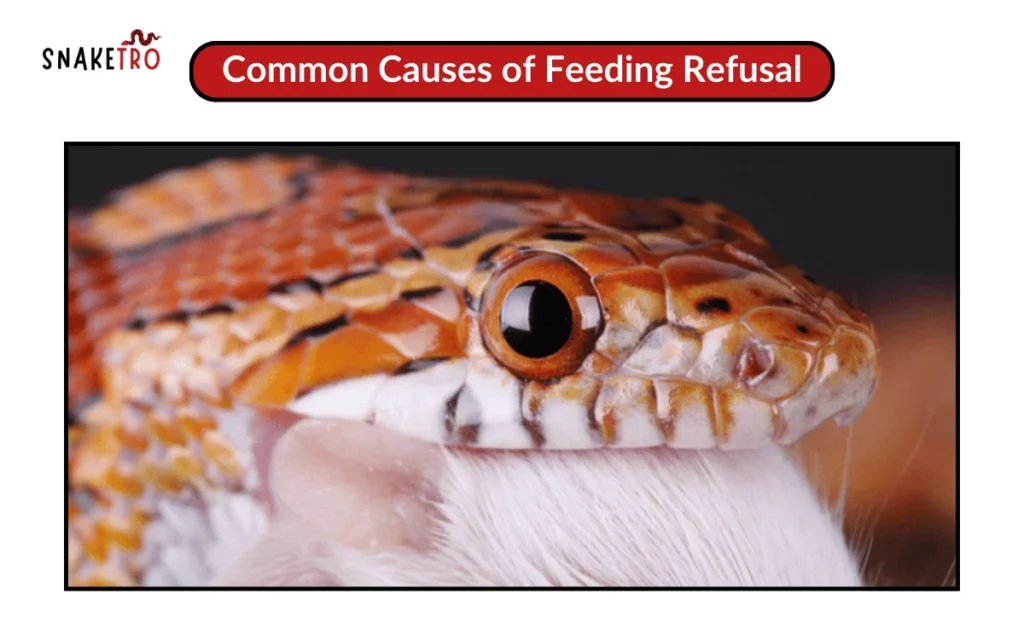
Relocation Stress
Moving your ball python to a new environment can induce stress, affecting its feeding behaviour. Snakes are creatures of habit, and a change in their surroundings can lead to anxiety, causing them to refuse food.
Illness
Health issues can significantly impact a ball python’s appetite. Common illnesses include respiratory infections, parasites, and other diseases. Symptoms such as lethargy, wheezing, or abnormal behaviour should prompt a visit to a veterinarian for a thorough examination.
Overfeeding
Offering food too frequently can lead to a loss of interest in meals. Ball pythons typically thrive on a feeding schedule of every 1-2 weeks, depending on their age and size. Adjusting the frequency of meals may help rekindle their appetite.
Excessive Handling
While handling your snake is essential for bonding, excessive handling can cause stress and lead to feeding refusal. If your python isn’t eating, limit handling until it resumes normal feeding behaviour.
Inappropriate Prey Offerings
Offering prey that is either too large, too small, or simply not appealing to your snake can lead to refusal. Ball pythons may prefer certain types of prey over others, so experimentation is often necessary.
Treatment Strategies
If your ball python refuses to eat, several strategies can help address the issue:
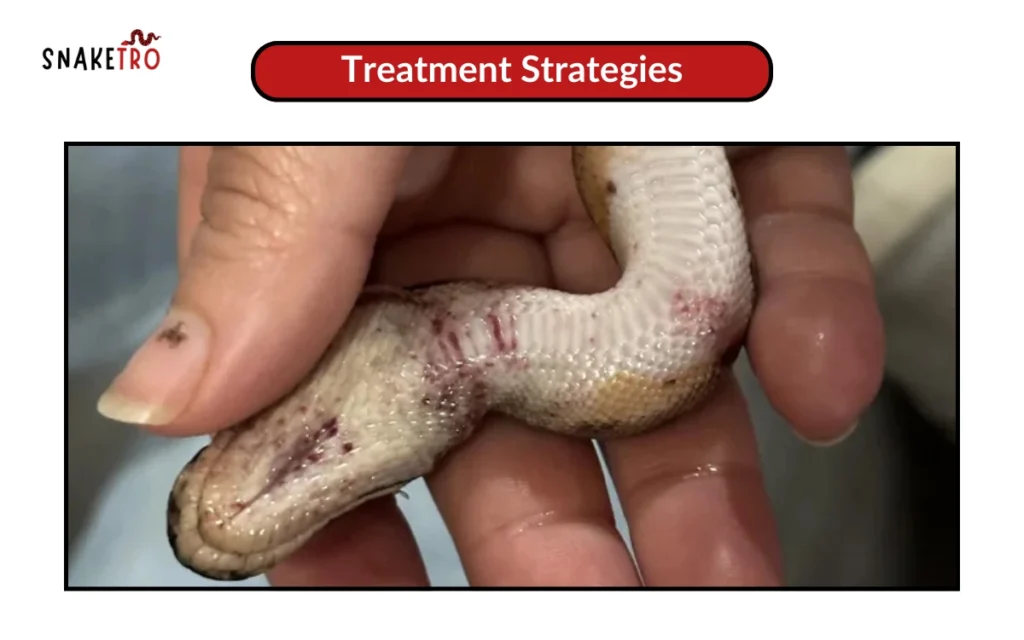
Check Your Husbandry
Review your enclosure’s conditions. Ensure temperatures and humidity levels are optimal, and provide adequate hiding spots to make your snake feel secure. If the environment isn’t comfortable, your python will be less likely to eat.
Feeding Environment
It may be beneficial to feed your ball python in its home enclosure rather than transferring it to another location. This can reduce stress and help your snake feel more secure during feeding.
Limit Handling
Reduce the frequency of handling your ball python until it resumes eating. Giving your snake time to acclimate to its environment can alleviate stress and encourage feeding.
Vary Prey Types
Experiment with different prey items. If you’re offering mice and experiencing refusals, try switching to rats, quail, or even young chickens. African soft-furred rats are particularly known for their strong scent, which may entice a reluctant feeder.
Live vs. Frozen-Thawed
Assess whether your ball python has a preference for live prey over frozen-thawed food, or vice versa. If offering live prey, supervise closely and remove any uneaten prey after an hour to prevent stress or injury.
The Wall Phenomenon
Female ball pythons may experience a phase known as “The Wall” when they reach a weight of 800-1000 grams. This is associated with physiological changes as they develop egg follicles, causing a temporary cessation in feeding. During this time, reduce the size and frequency of food offerings.
Monitoring Health
To ensure your ball python remains healthy during feeding refusals, invest in a kitchen scale and weigh your snake weekly. Significant weight loss may indicate underlying health issues, and you should consult a veterinarian promptly if this occurs.
Conclusion
A ball python’s refusal to eat can stem from various factors, including husbandry issues, stress, and health concerns. By understanding the potential causes and implementing effective treatment strategies, you can help your snake regain its appetite and ensure its long-term health. Always prioritize a stable and comfortable environment to foster healthy feeding habits.
Faqs
Why is my ball python not eating?
Common reasons include stress, improper temperature, humidity levels, and health issues.
How long can a ball python go without eating?
Ball pythons can typically fast for several months, but significant weight loss or health changes should prompt a vet visit.
What are the signs of a sick ball python?
Look for lethargy, wheezing, abnormal shedding, or changes in behavior.
How can I encourage my ball python to eat?
Try varying the prey type, reducing handling, and ensuring optimal enclosure conditions.
What is “The Wall” phenomenon in female ball pythons?
It refers to a temporary feeding refusal due to reproductive development when females reach a certain weight.

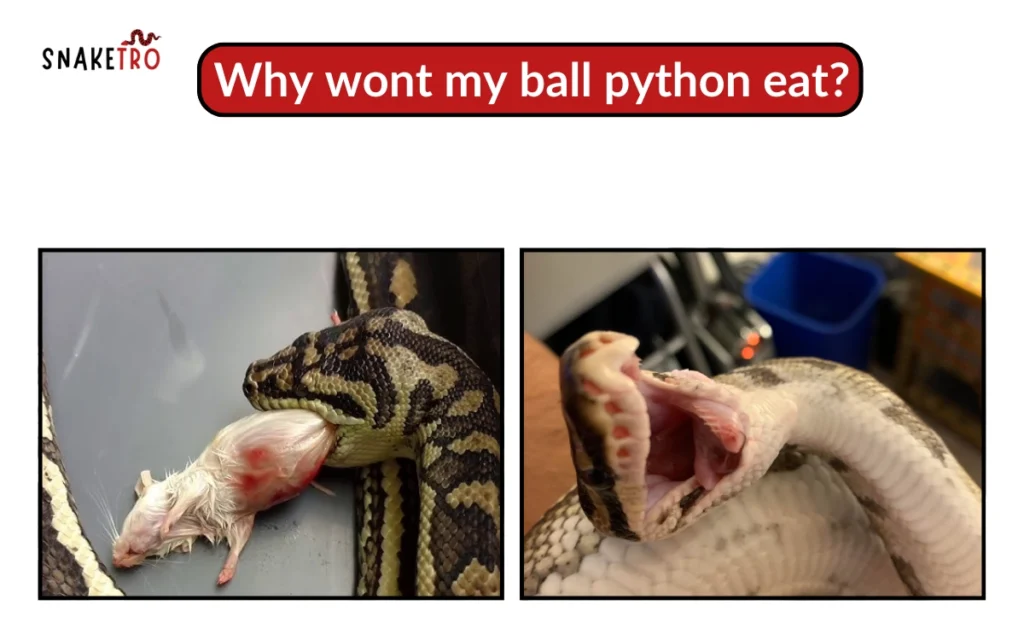

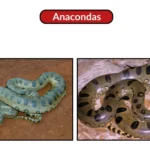

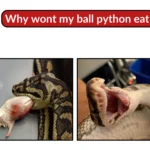

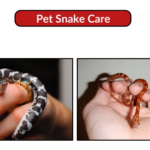
1 thought on “Why Won’t My Ball Python Eat? Discover Common Reasons & Solutions”